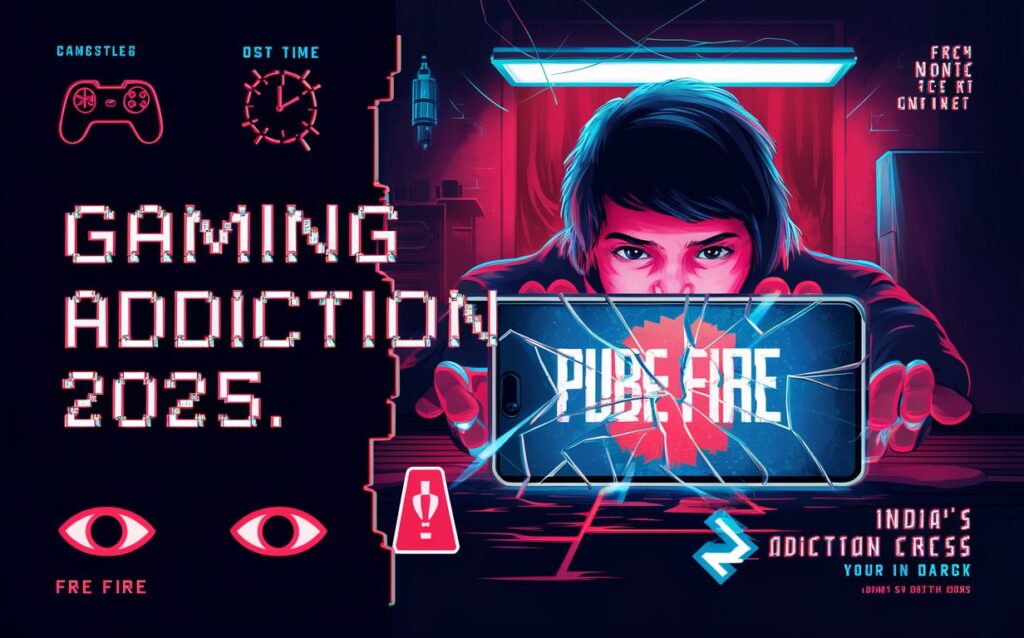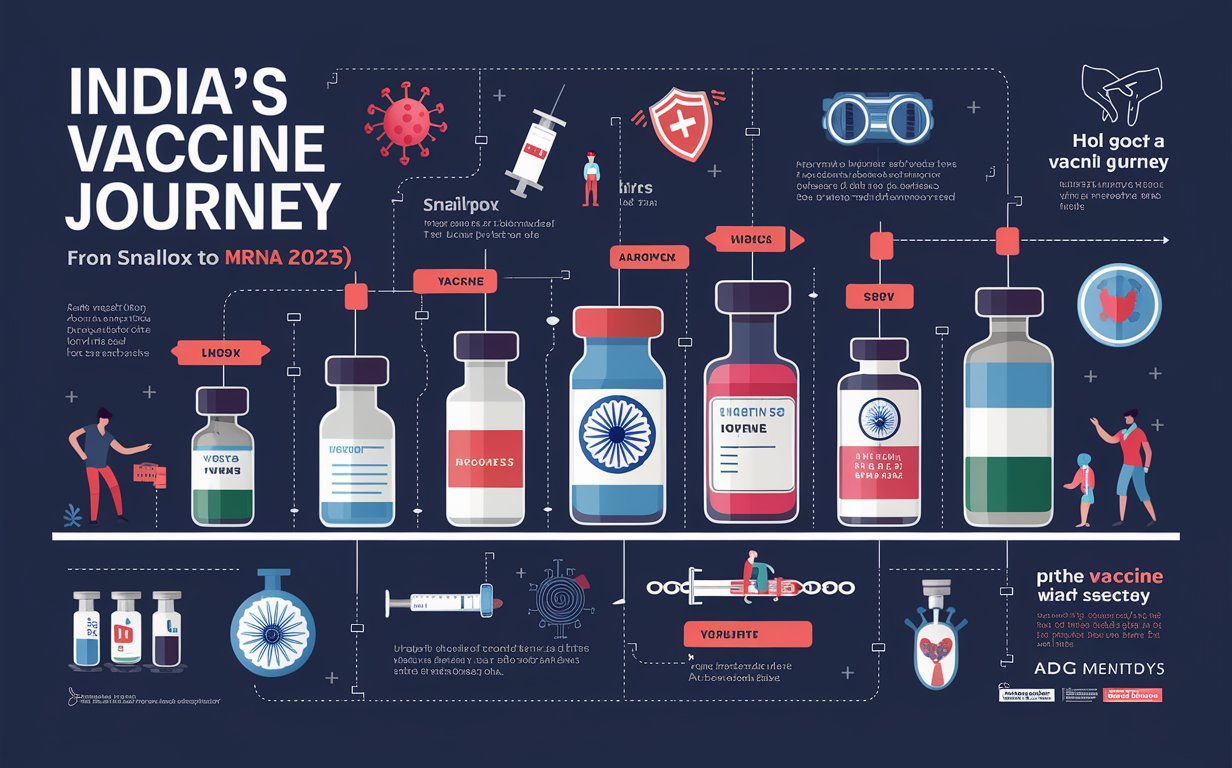🎮 Gaming Addiction in India 2025: A Digital Crisis Among Youth
In 2025, India is grappling with a rising wave of gaming addiction, especially among teenagers and young adults. What started as harmless fun has grown into a national concern, affecting mental health, academic performance, and social behavior. With mobile data cheaper than ever and online multiplayer games dominating free time, India’s digital youth are slipping deeper into the world of pixels and power-ups.

📈 The Numbers Behind the Obsession
According to a nationwide study by NIMHANS, 1 in 5 Indian teens show signs of gaming addiction. States like Maharashtra, Karnataka, and West Bengal top the charts in mobile gaming hours, with an average teen spending 6.7 hours daily playing online games like BGMI, Free Fire, Call of Duty, and Valorant.
What’s more alarming is the rise of microtransactions — in-app purchases for skins, upgrades, and loot boxes. Many adolescents are spending thousands of rupees each month, sometimes using parents’ cards without permission.
🧠 How Gaming Hijacks the Brain
Online games trigger the brain’s reward system by releasing dopamine, the feel-good chemical. The constant rush from leveling up, winning battles, or collecting achievements creates a loop of instant gratification, making the brain crave more.
Over time, this rewiring leads to symptoms like:
- Irritability when not gaming
- Declining focus
- Poor sleep patterns
- Loss of interest in offline activities
- Anxiety and aggression during withdrawal
🏫 Impact on Students and Education
In cities like Delhi and Hyderabad, schools are reporting increasing cases of gaming-related absenteeism, poor grades, and disciplinary issues. Students sneak devices into classrooms or stay up all night playing, only to sleep through lessons or skip exams.
Coaching centers have begun holding ‘Digital Discipline Workshops’ to counsel students and parents on setting healthy screen limits. However, peer pressure and the competitive nature of online gaming make it hard to resist.
👨👩👧👦 Broken Homes and Parent Frustration
Parents across India are struggling to connect with children trapped in digital loops. Family dinners are replaced by solo meals with headphones on. Conversations have turned into arguments.
Some parents have even reported violent outbursts from teens denied internet access or in-game currency. Family counselors warn of a growing emotional gap, as kids prefer virtual worlds over real-life bonding.
🧘 Healing Through Lifestyle Reset
Therapists recommend a three-step approach:
- Digital Detox — Start with screen curfews and weekend device breaks
- Offline Hobbies — Sports, reading, music, and yoga for balance
- Scheduled Gaming — Controlled, monitored playtime instead of bans
Yoga centers in Bengaluru and Pune now offer “Digital Mindfulness Programs” where children and teens learn to regain focus, build patience, and reduce dependency on screens.
🇮🇳 Government Regulations and Guidelines
In response to public concern, the Indian government passed the Digital Wellness Act 2025, setting legal screen-time limits for minors. Gaming companies are required to:
- Disable in-app purchases for users under 18
- Enforce daily time restrictions
- Display screen-time health warnings
- Provide parental control dashboards
Apps that fail to comply face heavy penalties, suspension, or nationwide bans.
🌐 The Social Side of Gaming: A Double-Edged Sword
Not all gaming is toxic. Some platforms build teamwork, reflexes, and creativity. Esports in India has created jobs, recognition, and opportunity.
The key is moderation, not demonization. India’s task now is to guide its youth towards responsible digital consumption — turning gaming into a tool for development, not destruction.
✅ Conclusion
Gaming in India 2025 stands at a crossroads — a thrilling revolution on one side, a rising crisis on the other. With mindful parenting, stronger regulations, and digital wellness awareness, India can ensure that the controller doesn’t end up controlling the player 🎮🇮🇳



Post Comment